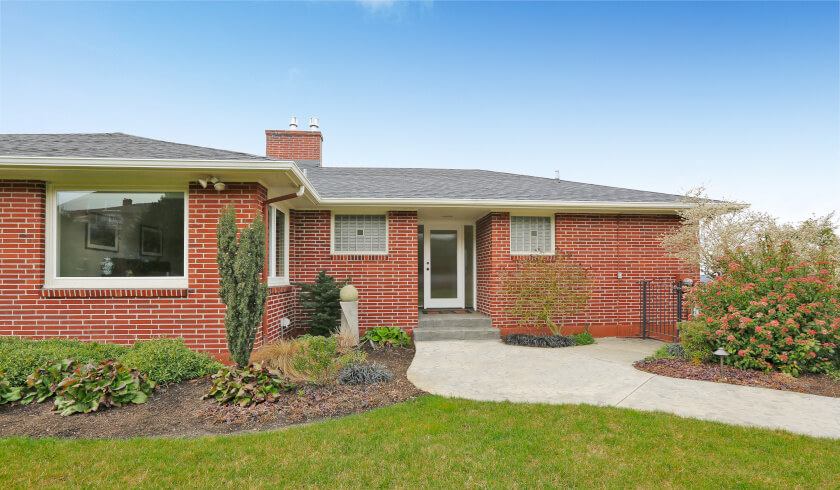5 tips for buying a house and land package
House and land packages can often help investors make their money work harder in favourable market conditions and allow them to build equity in a faster and more efficient way. Can this strategy work for you?

A house and land package is a good way to acquire a residence and a plot of land.
To continue reading the rest of this article, please log in.
Create free account to get unlimited news articles and more!
However, property experts remind investors that, as in all investment strategies, purchasing a house and land package will only go well if they take their time to educate themselves and seek advice from the right professionals.
When done right, investing in a house and land package can allow investors to maximise wealth-creation opportunities across property markets.
To find the best property and estate that could generate good value, Positive Real Estate’s Sam Saggers advised investors to follow these tips:
1. Consider resales
Investors are advised to consider purchasing a house and land package in areas where there are more owner-occupiers than tenants, especially if they are first-time buyers or new investors.
“Purchasing a property with less investor activity, in a house-proud neighbourhood will also be helpful when reselling your property,” according to Mr Saggers.
2. Compute the new established benchmark (NEB) variation
When torn between buying an old property or a new property, investors are advised to compute for the new established (NEB) variation in order to distinguish which of the two is the better buy.
“If an old property in a micro market—suburb or town—is worth $200,000 and a comparable new property is worth $300,000, then the old property would be the better buy because the ‘new established benchmark’ (NEB) variation is $100,000,” Mr Saggers explained.
After adding value to the property through renovation, the investor may then extract profit from the old property because of its high NEB variation.
On the other hand, according to the property strategist: “If the old property was worth $280,000 and a similar new property in the micro market was worth $300,000, then the NEB variation is low at $20,000.”
“The new property is thus the better buy as the investor would not be able to add value through renovation to the old property in order to compete with the new property.”
3. Study supply and demand
In order to understand their earning potential, investors must understand the supply-and-demand situation in the area they choose to invest in.
Developers targeting owner-occupiers often only release land when they know that there will be an abundance of interested buyers.
Therefore, more demand due to investors flooding the market will not necessarily “hasten the release stages or increase the prices [artificially]”. Prices are still expected to consistently rise because there will never be an oversupply problem.
“House and land packages are often released in stages so that the developer can achieve higher profits … The first release will generally have the lowest entry-point price, and this will then build to the last release, which will most likely have the highest price.”
Packages that are released in more established stages may end up becoming more valuable than those released subsequently in newer sections, Mr Saggers highlighted.
4. Understand potential for rental returns
Apart from capital growth, the success of an investors is also dependent on the amount of rental returns that he gets from his investment properties.
Rental yield in owner-occupied estates with few investors can get up to one per cent higher than similar neighbourhood with greater investor influence, according to Mr Saggers.
“Yield variation is an instrument to help gauge market growth, because as yields expand growth will follow and compress closer to already expanded yields.The further the yield advances, the more likely a growth expansion phase will follow.”
“Simply remember that growth follows yields,” he said.
5. Learn to negotiation for profit
Finally, an investor’s ability to make money from a house and land package purchase may also depend on his ability to negotiate.
When done right, negotiations could allow investors to make money from day one, Mr Saggers noted.
“A buyer purchasing a package can make money from day one. If he or she has good negotiation skills, then equity can be forced from the beginning.”
“Remember, there are two chances to negotiate: the build price with the builder and the land price with the developer. If you can negotiate a small discount on both you may just be $20,000 better off already,” the property strategist concluded.

